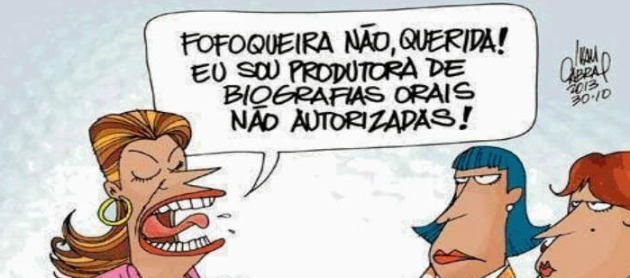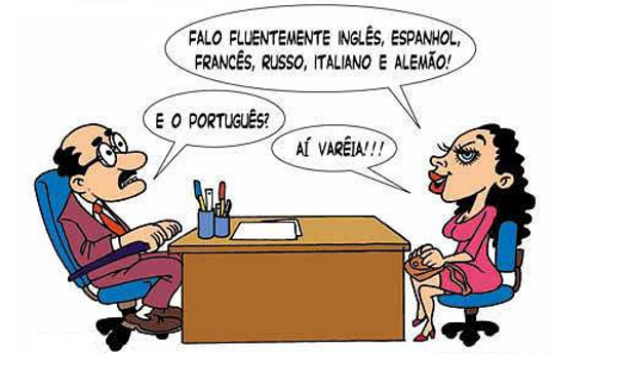Litote is a figure of speech, more precisely a figure of thought. It is used to soften an expression by negating the opposite. It allows you to affirm something through denial, for example:
I am not happy with the news from the city. In this example, the expression “I'm not happy” mitigates the idea of “being sad”.
Remember that these words with opposite meanings are called antonyms, for example: good and bad, happy and sad, expensive and cheap, beautiful and ugly, rich and poor, etc.
Lithote is widely used in colloquial (informal) language and generally the speaker intends not to say directly what is intended. Furthermore, it is used in literary texts.
This is because sometimes the expression can sound unpleasant or even have an aggressive tone to the listener.
Other figures of thought are: gradation (or climax), personification (or prosopopeia), euphemism, hyperbole, antithesis, paradox (or oxymoron), irony and apostrophe.
Know better about the Synonyms and Antonyms.
Examples
- Joan may not be one of the best students in her class. (it's bad, that is, not good)
- Luiza is not the prettiest. (she is ugly, that is, not pretty)
- This shirt is not expensive. (it's cheap, that is, it's not expensive)
- Advice from him is not bad. (they are good, ie not bad)
- Rafael is not sure about the crime. (it's wrong, that is, it's not right)
- This drink is not hot. (it is cold, that is, it is not hot)
- Sofia is nothing silly. (it's smart, that is, it's not silly)
- Samuel is not poor as he has a big house on the beach. (he is rich, that is, he is not poor)
- Manuela didn't dance well in the school's presentation. (she danced poorly, that is, she didn't dance well)
- Supervisor Marcos is not clean. (it is dirty, that is, it is not clean)
Litote and Euphemism
The littore and the euphemism are two figures that thought that can cause confusion. This is because the euphemism is also used to mitigate an idea, for example: Salvador is no longer with us (he died).
In the same way, lithote softens a statement, but remember that it occurs through the negation of the opposite.
Thus, the lithot is opposed to the thought figure called hyperbole, since it marks an intentional exaggeration of the enunciator.
Complement your research by reading the articles:
- Figures of Language
- Thought Figures
- Syntax figures
- Word Pictures
- Sound Figures



